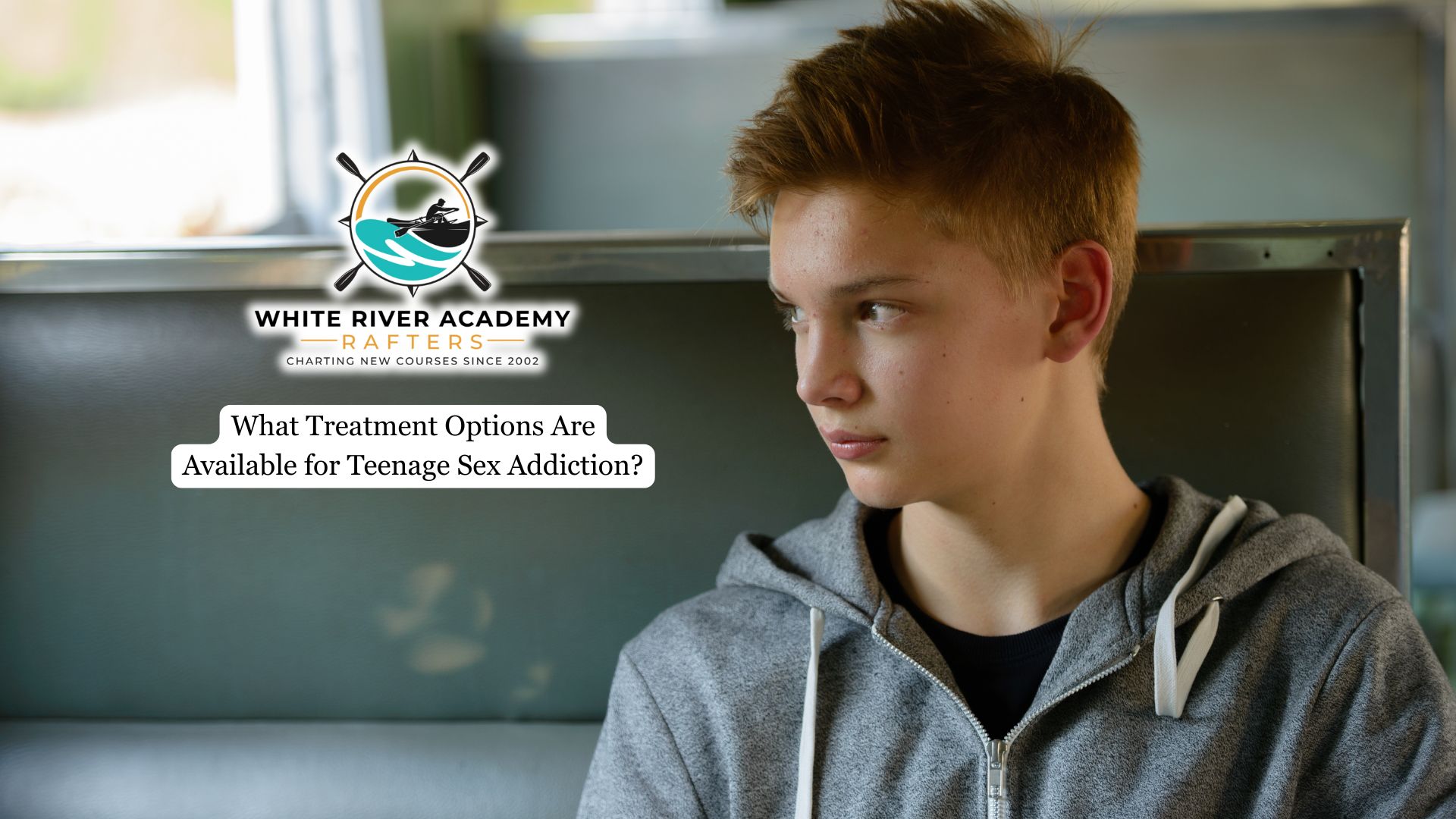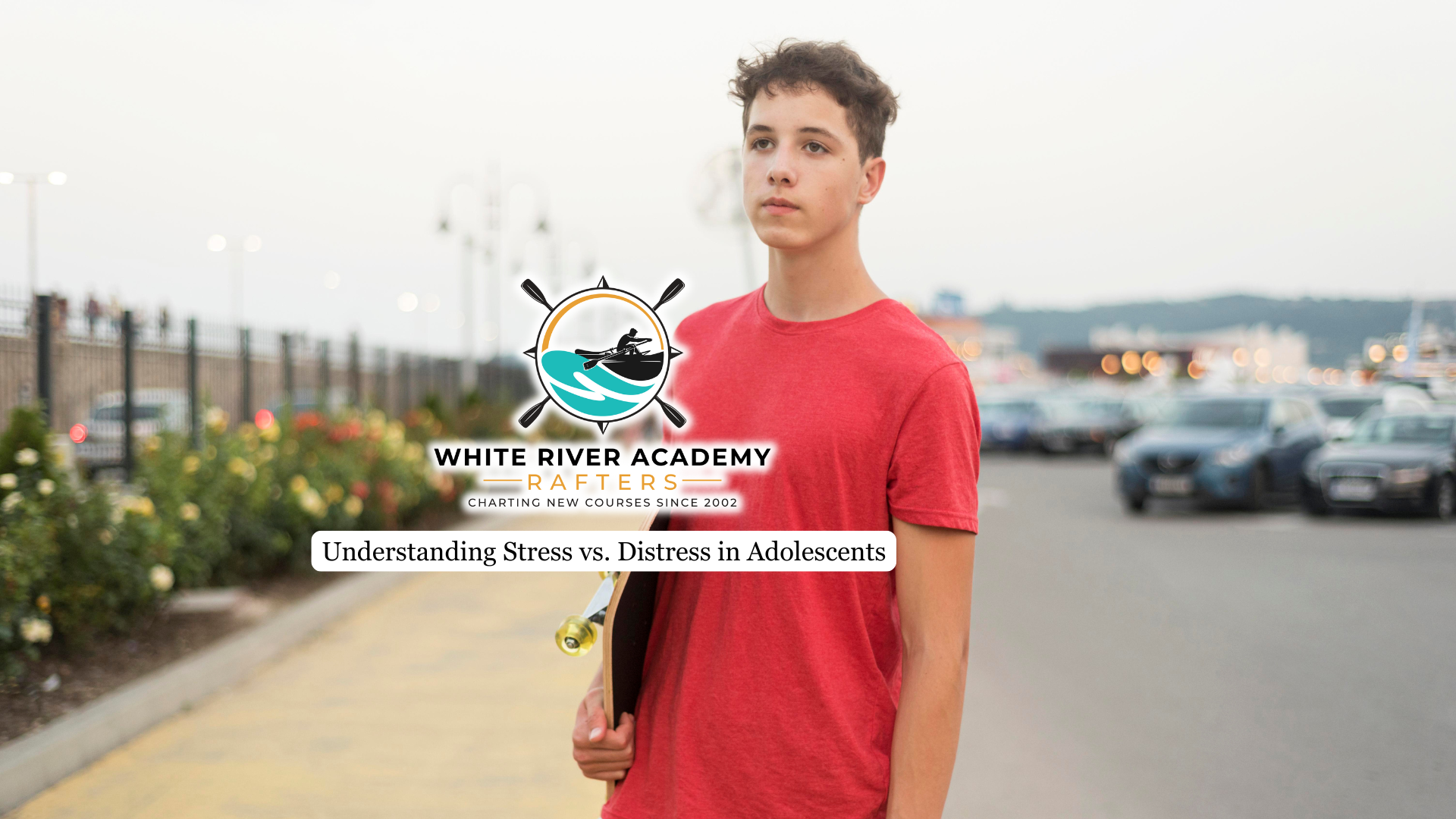Teenage sex addiction is a serious and often misunderstood behavioral issue. It can severely impact a young person’s mental health, academic performance, relationships, and overall development.
This article outlines the realities of teen sex addiction, available treatment paths, and what families can expect from a structured recovery program and how long-term recovery can be achieved through targeted professional care.
Understanding Teen Sex Addiction
Sex addiction in adolescents is characterized by compulsive sexual thoughts and behaviors that interfere with daily functioning. Unlike healthy sexual curiosity, which is developmentally appropriate, addiction is driven by an inability to control urges despite negative consequences.
Teens struggling with this condition may engage in excessive pornography use, compulsive masturbation, risky sexual activity, or online sexual interactions. These behaviors often stem from unresolved trauma, mental health issues, or attachment disorders, and can escalate if left unaddressed.
Recognizing sex addiction early is crucial. Without proper intervention, teens may develop co-occurring issues such as depression, anxiety, substance use, or difficulties with emotional regulation. The earlier the intervention, the better the chances of long-term healing.
Clinical Assessment and Diagnosis
The first step in addressing teen sex addiction is a comprehensive clinical evaluation. A professional assessment helps determine the presence and severity of the addiction, any co-occurring disorders, and the individual’s unique psychological profile. This process typically involves interviews with the teen and their family, behavioral observations, and psychological testing.
An accurate diagnosis ensures that treatment is tailored to the individual’s needs. Since sex addiction in adolescents is often intertwined with emotional trauma, neglect, or attachment disruptions, identifying root causes during assessment is critical to building an effective treatment plan. Approaches like Dialectical Behavior Therapy (DBT) are often recommended to help teens manage intense emotions and develop healthier coping strategies.
Therapeutic Treatment Models
Effective treatment for teenage sex addiction requires a structured and multi-faceted therapeutic approach. Therapy is usually guided by the Developmental Vacation™ model, which emphasizes relational healing and developmental progress through responsibility, self-awareness, and accountability.
Individual therapy sessions allow teens to unpack the emotional and cognitive patterns behind their compulsive behaviors. Cognitive Behavioral Therapy (CBT) is also often used to help identify and reframe distorted thoughts and impulses. For teens with trauma histories, trauma-focused modalities such as EMDR (Eye Movement Desensitization and Reprocessing) may be introduced to process underlying pain.
Group therapy also plays a vital role. In a peer-driven environment, adolescents learn how to communicate openly, receive feedback, and develop healthier coping mechanisms. This form of accountability among peers is often transformative.

Addressing Underlying Issues
Sex addiction rarely exists in isolation. It is frequently tied to unresolved emotional wounds, mental health disorders, or identity struggles. That’s why treatment must include a deep dive into the teen’s psychological landscape. Clinical teams work with adolescents to address co-occurring conditions like depression, anxiety, low self-esteem, and attachment trauma.
By exploring these root issues, treatment not only reduces the compulsive sexual behaviors but also helps teens build a stronger sense of self. Academic support, physical wellness programs, and family therapy are often incorporated, recognizing that healing occurs across multiple dimensions.
Family Involvement and Support
When it comes to how parents can help teens overcome sexual addiction, active involvement in the recovery journey is essential. Family dynamics often play a major role in both the development and healing of sex addiction. Incorporating family therapy into the treatment plan helps foster healthy communication, rebuild trust, and educate caregivers on how to support their teen’s recovery.
Families learn about the nature of sex addiction, how to establish appropriate boundaries, and how to provide consistent emotional support at home. Strengthening the family support increases the likelihood of sustainable recovery once the teen returns home.
Building Long-Term Recovery Habits
Building long-term recovery habits from sex addiction is not a quick fix, as it requires the development of long-term habits and coping strategies. Understanding how to prevent relapse after teen sexual addiction treatment is a crucial part of this process.
Adolescent boys in programs like at White River Academy participate in personal development programs, community service, and adventure-based therapy to cultivate self-discipline, resilience, and leadership.
Teens learn how to manage triggers, set goals, and create a life with meaning and direction—free from compulsive behaviors. By the time students complete the program, they are equipped with tools for maintaining recovery, building healthy relationships, and managing future stressors in healthier ways.
Final Thoughts from White River Academy
Treating teenage sex addiction requires more than surface-level interventions. At White River Academy, we provide clinically informed, evidence-based addiction treatment programs in Utah that address the full spectrum of behavioral and emotional challenges adolescent boys face. Through individualized care, therapeutic structure, and family involvement, we help troubled young boys regain control and move toward lasting recovery and growth.




